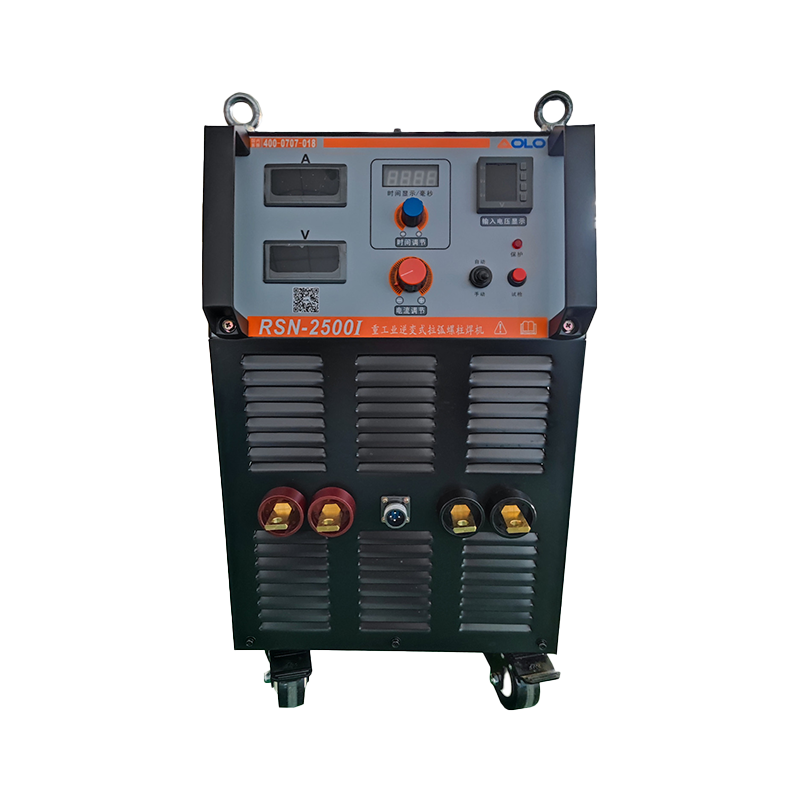NBC-315Y 220V/380V 300A IGBT Inverter Portable welder Built-in wire feeder 2T/4T MIG/MAG(GMAW)
Cat:Gas shielded welding machine
1、The machine adopts a phase-shifted full-bridge inverter main circuit...
See DetailsThe stud welding machine process is notably different from other welding methods when it comes to speed and efficiency. Here’s how they compare:
The stud welding process is incredibly quick, often taking just milliseconds to a few seconds to complete a single weld. The speed is due to the nature of the process, where the stud is instantly fused to the workpiece after the arc is generated.Because of the rapid weld time, a stud welding machine can attach many studs in a short period, making it ideal for high-volume production environments. For instance, in automated setups, it can weld hundreds or even thousands of studs per hour.
The speed of other welding methods such as MIG, TIG, or stick welding varies significantly depending on factors like the material thickness, the type of weld, and the skill of the operator.
Generally Slower: These methods often require more time per weld due to the need for precise control, preparation, and sometimes multiple passes to achieve the desired weld quality. For example, TIG welding, known for its precision, can be particularly slow compared to stud welding.Other welding processes often require more setup time, including positioning parts, cleaning surfaces, and sometimes applying filler material, which adds to the overall time needed for each weld.
The efficiency of stud welding is enhanced by the minimal preparation required. The workpiece typically needs little more than a clean surface for the weld to be effective.The process is highly repeatable and consistent, especially in automated systems, leading to fewer defects and less rework, which further boosts efficiency.Unlike some other welding processes, stud welding does not require filler materials, which simplifies the process and reduces material costs.Stud welding only requires access to one side of the workpiece, eliminating the need for flipping or repositioning parts, thus speeding up the workflow.

Other methods often require significant preparation, such as edge beveling, alignment, and clamping, which can reduce overall efficiency.Due to the complexity and manual nature of many welding methods, there is a higher potential for defects, leading to rework that reduces efficiency.Many welding processes, like MIG or TIG, require filler materials and shielding gases, which add to the complexity, cost, and time required for each weld.For thicker materials or more complex joints, other welding methods may require multiple passes, which further slows down the process and reduces efficiency.
Stud Welding is extremely fast and efficient, with minimal preparation, no need for filler materials, and high repeatability, making it ideal for applications where many fasteners need to be attached quickly and consistently.Other Welding Methods are generally slower and less efficient in comparison, often requiring more preparation, multiple passes, and the use of additional materials like filler rods and shielding gas. They are, however, more versatile in terms of the types of joints and materials they can work with.
These differences make stud welding particularly advantageous in high-volume manufacturing and construction environments where speed and efficiency are critical.
Contact Us